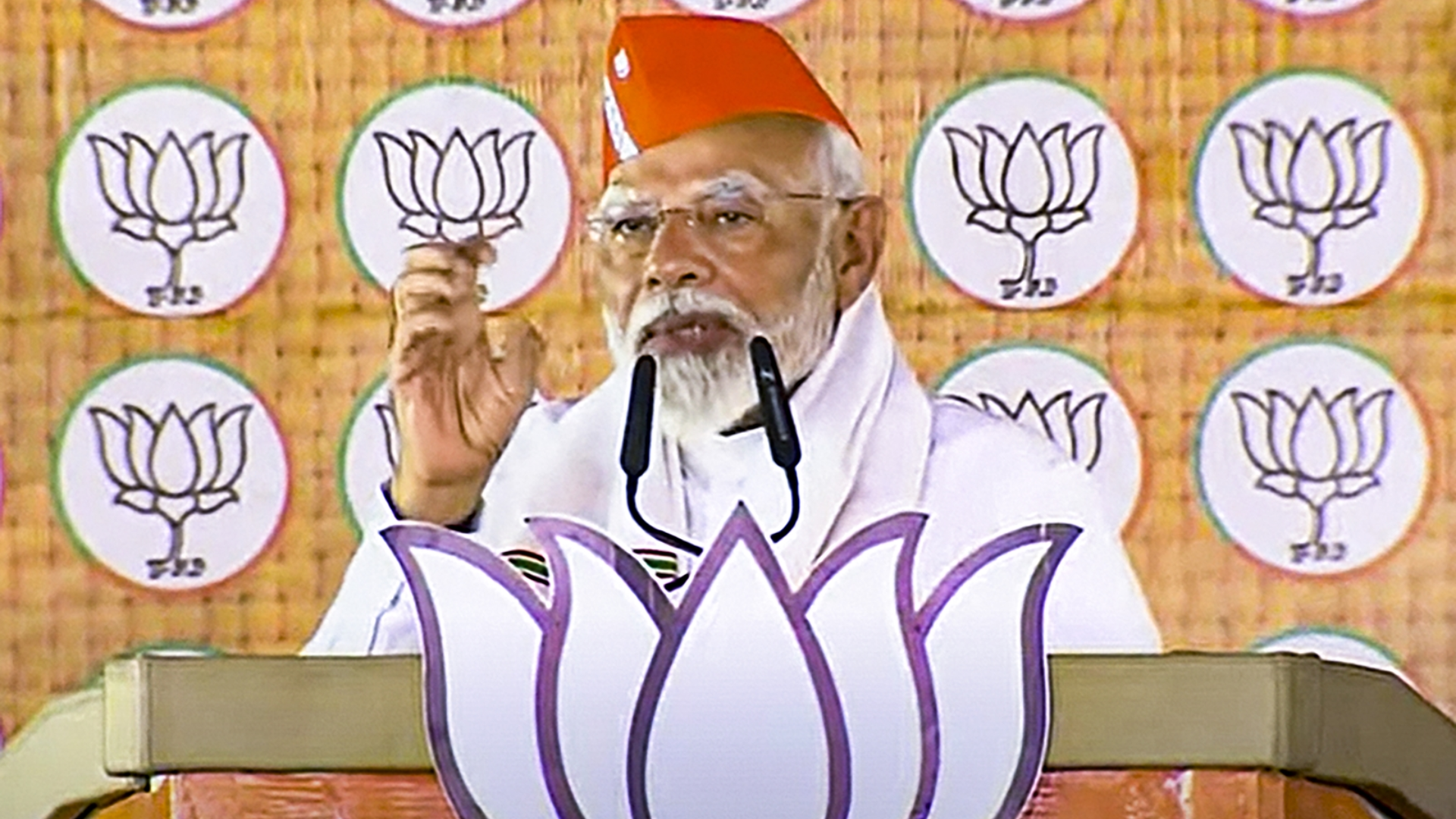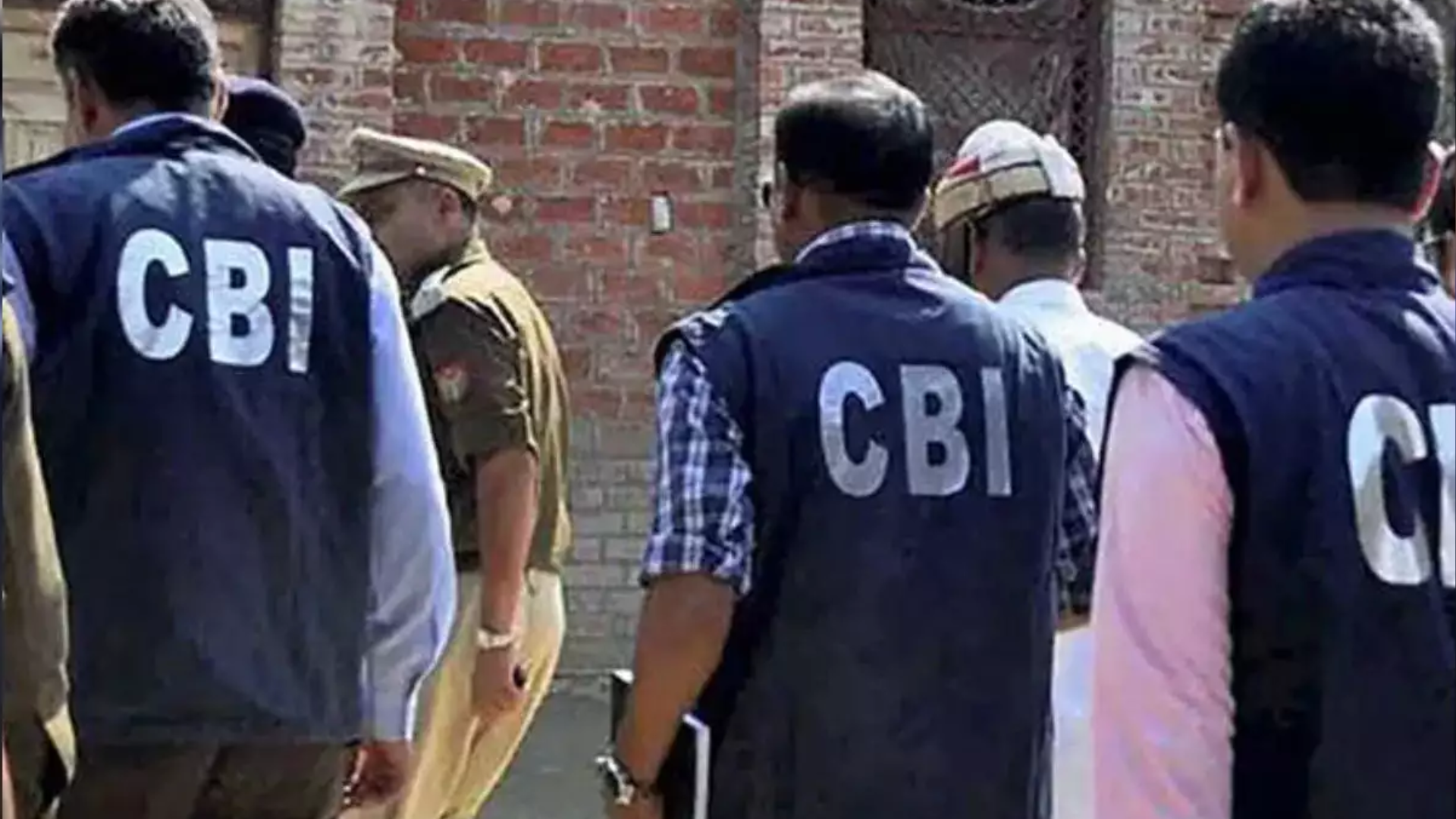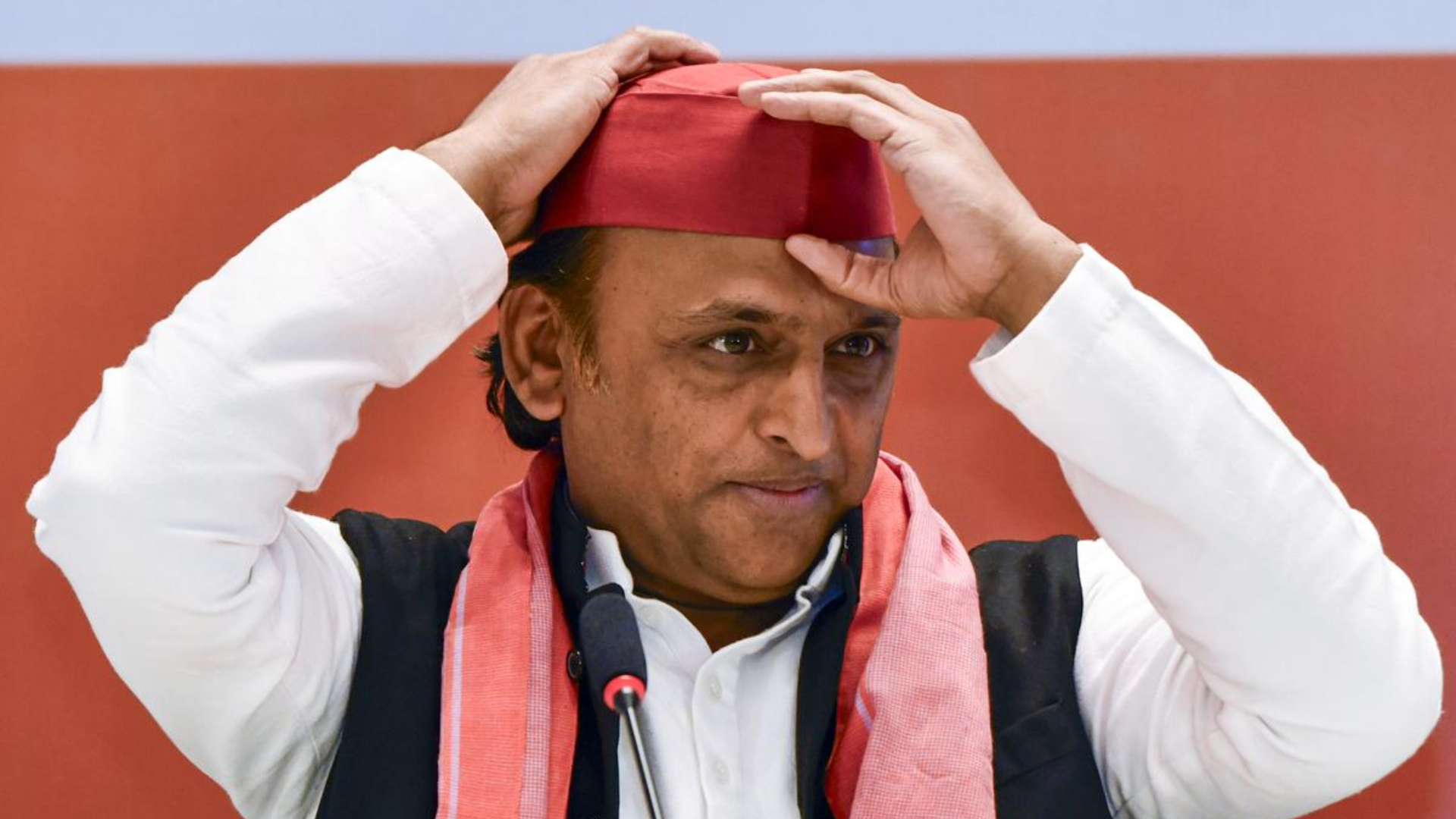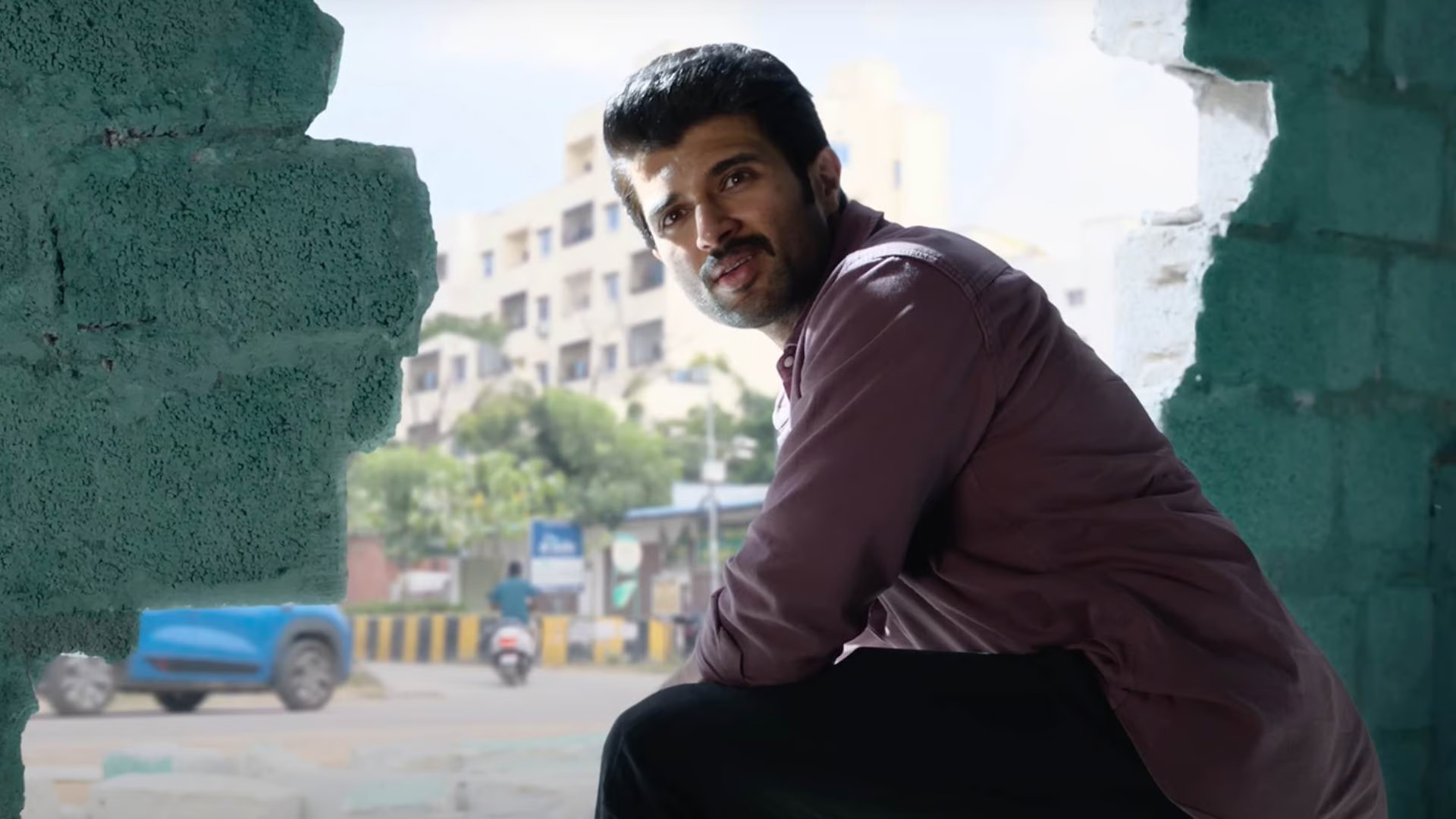


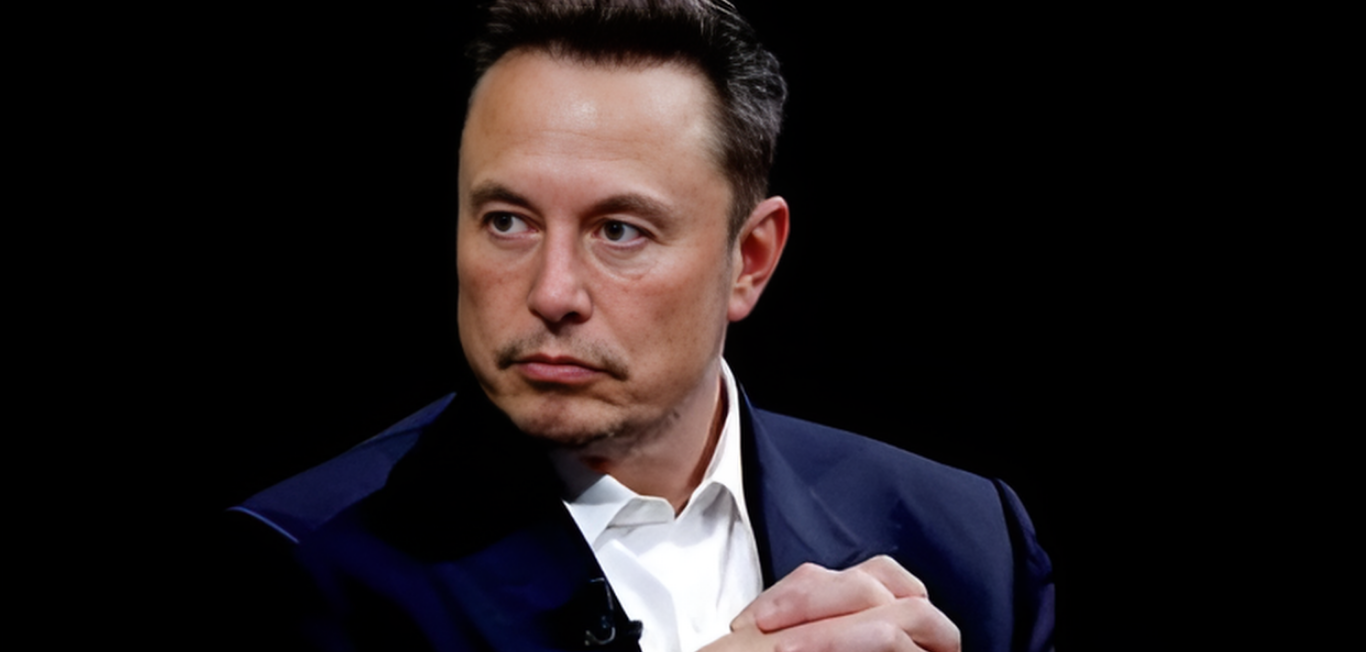
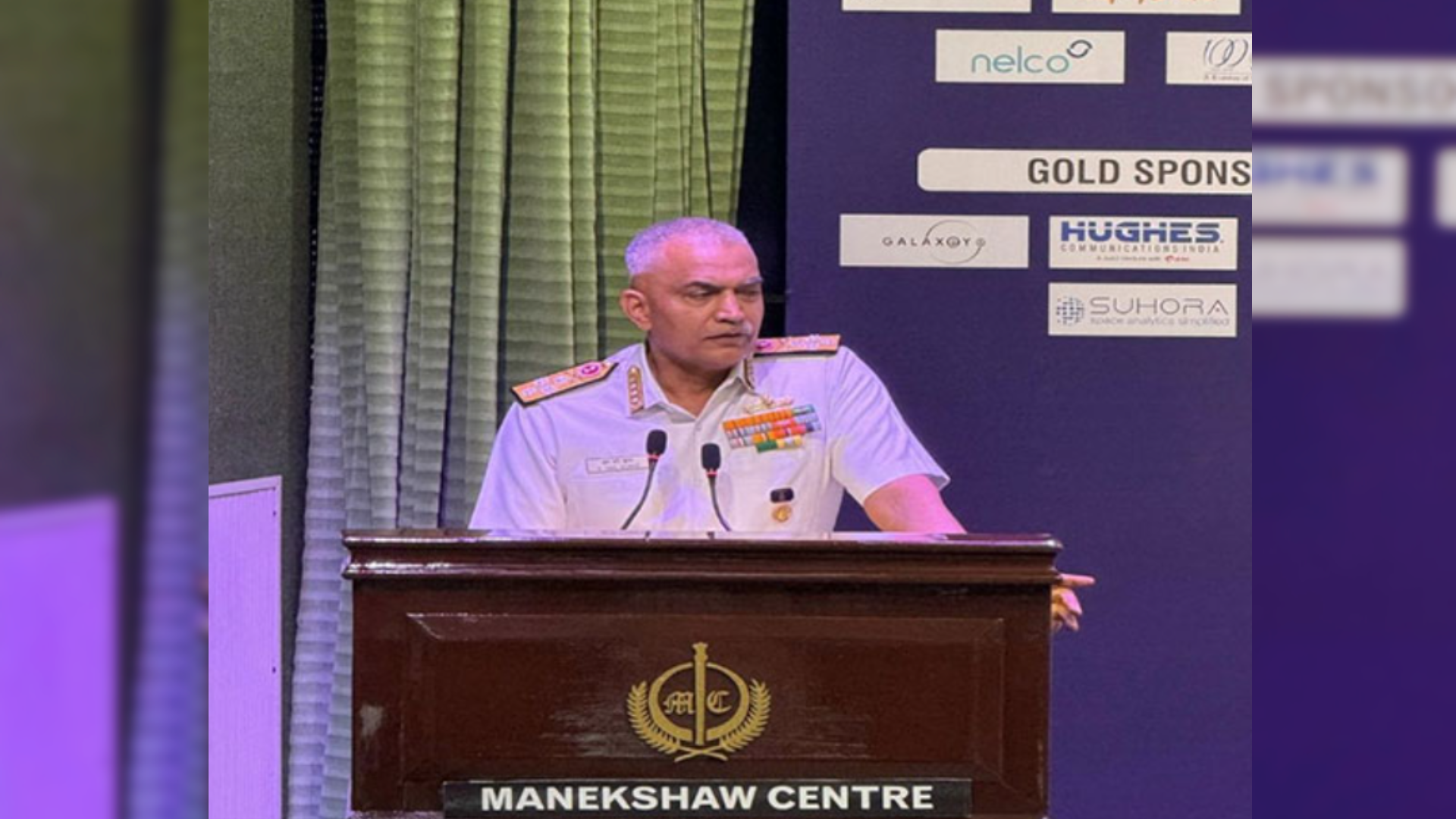
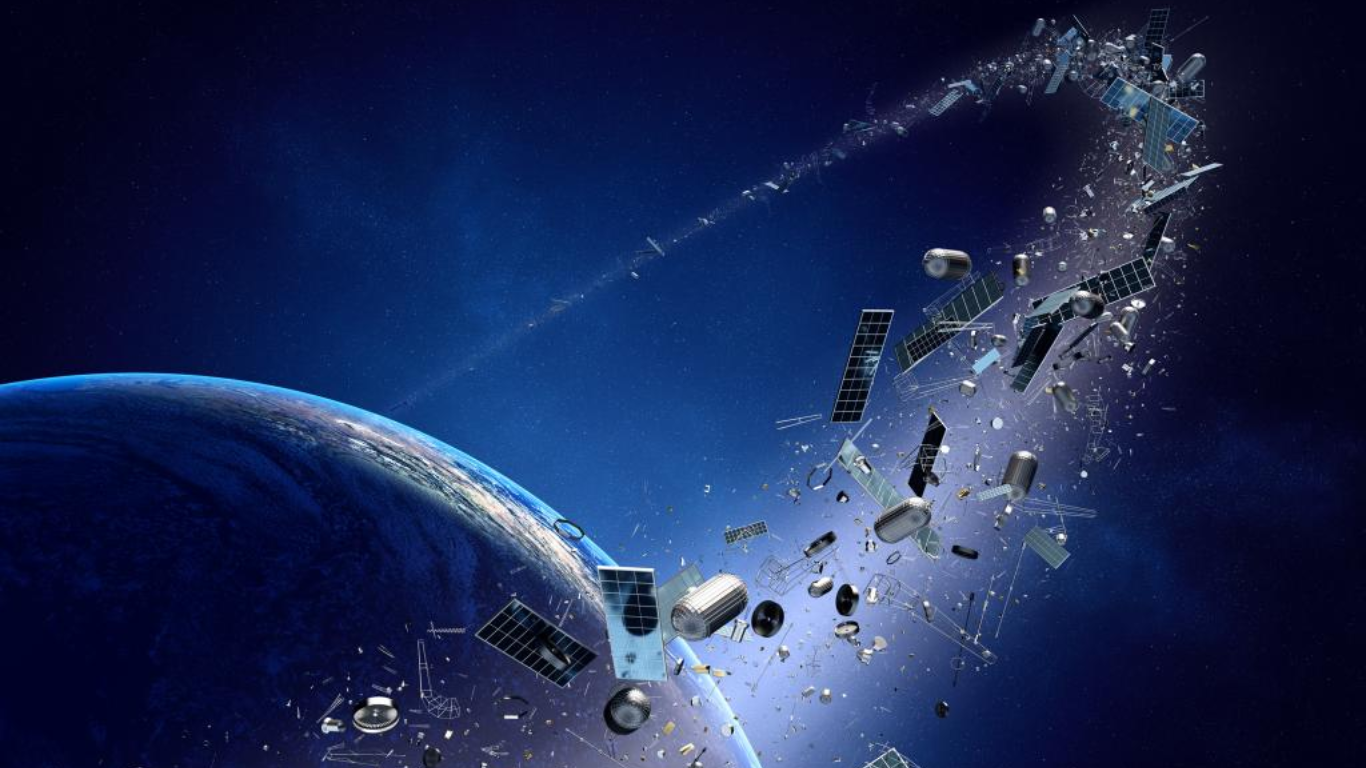
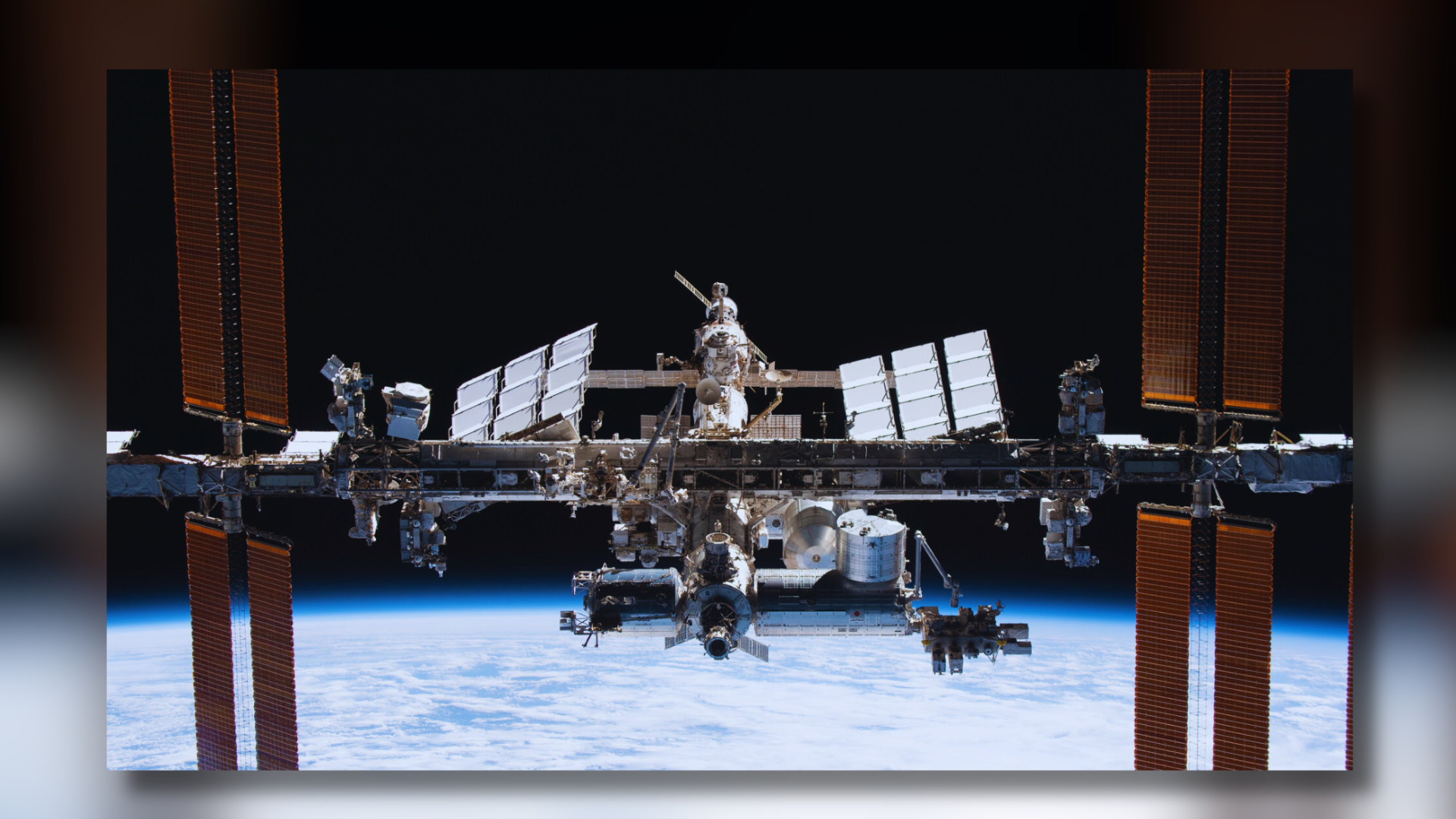
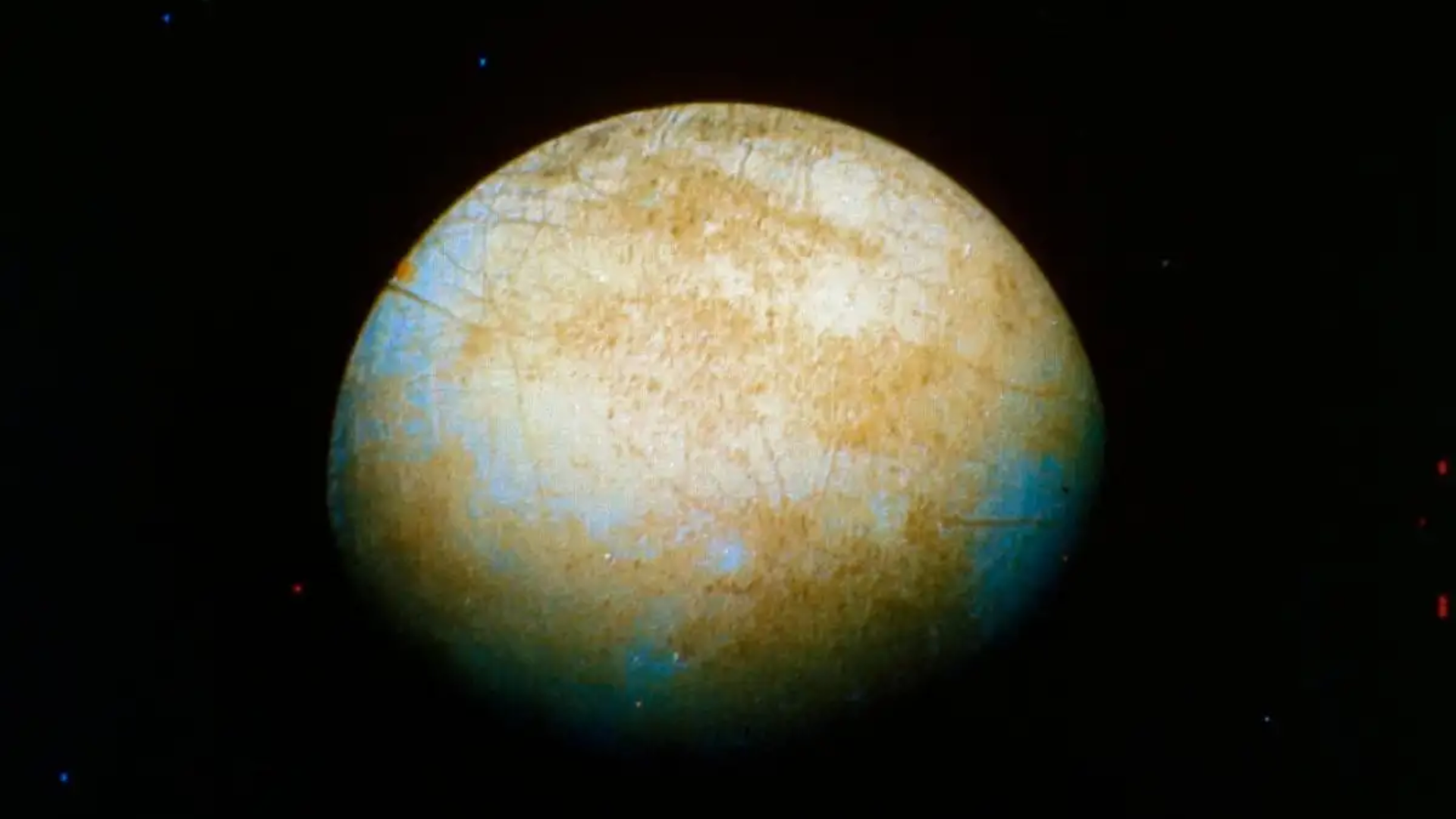
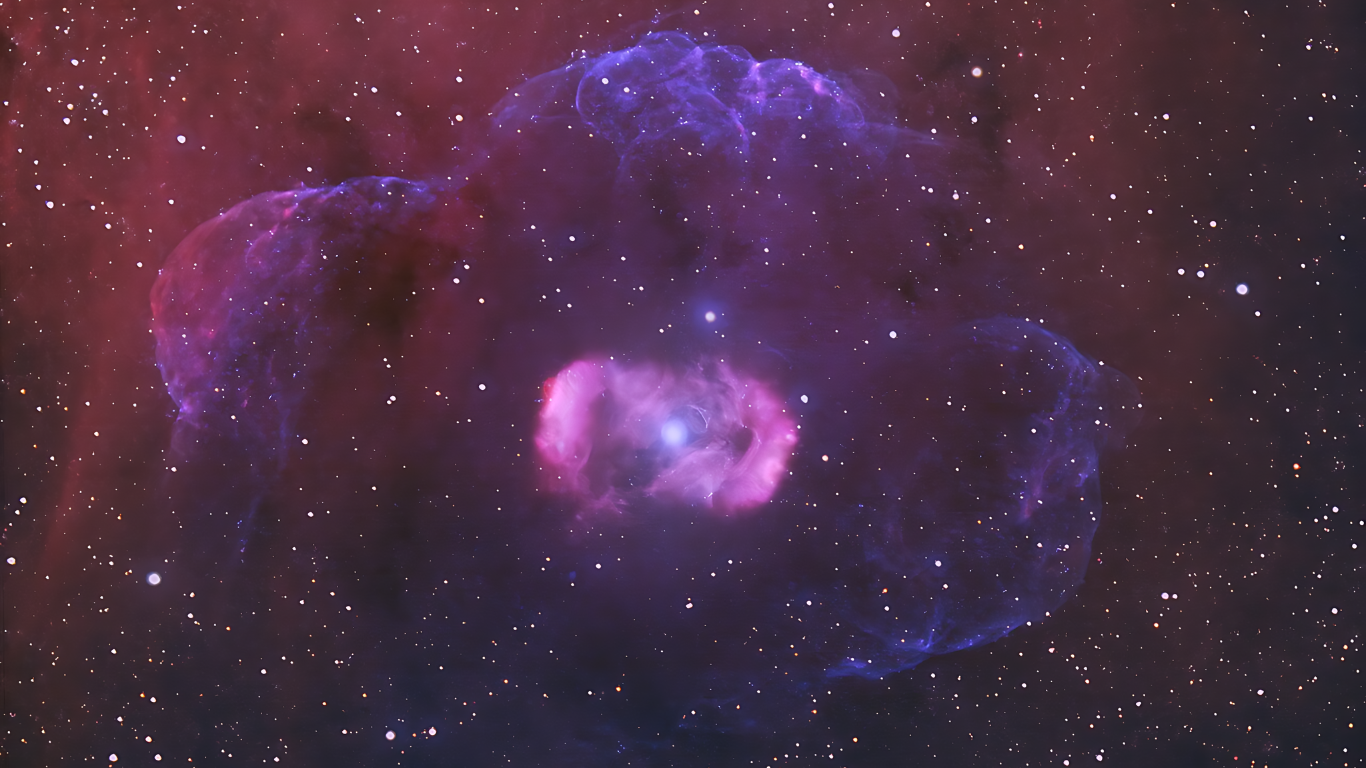
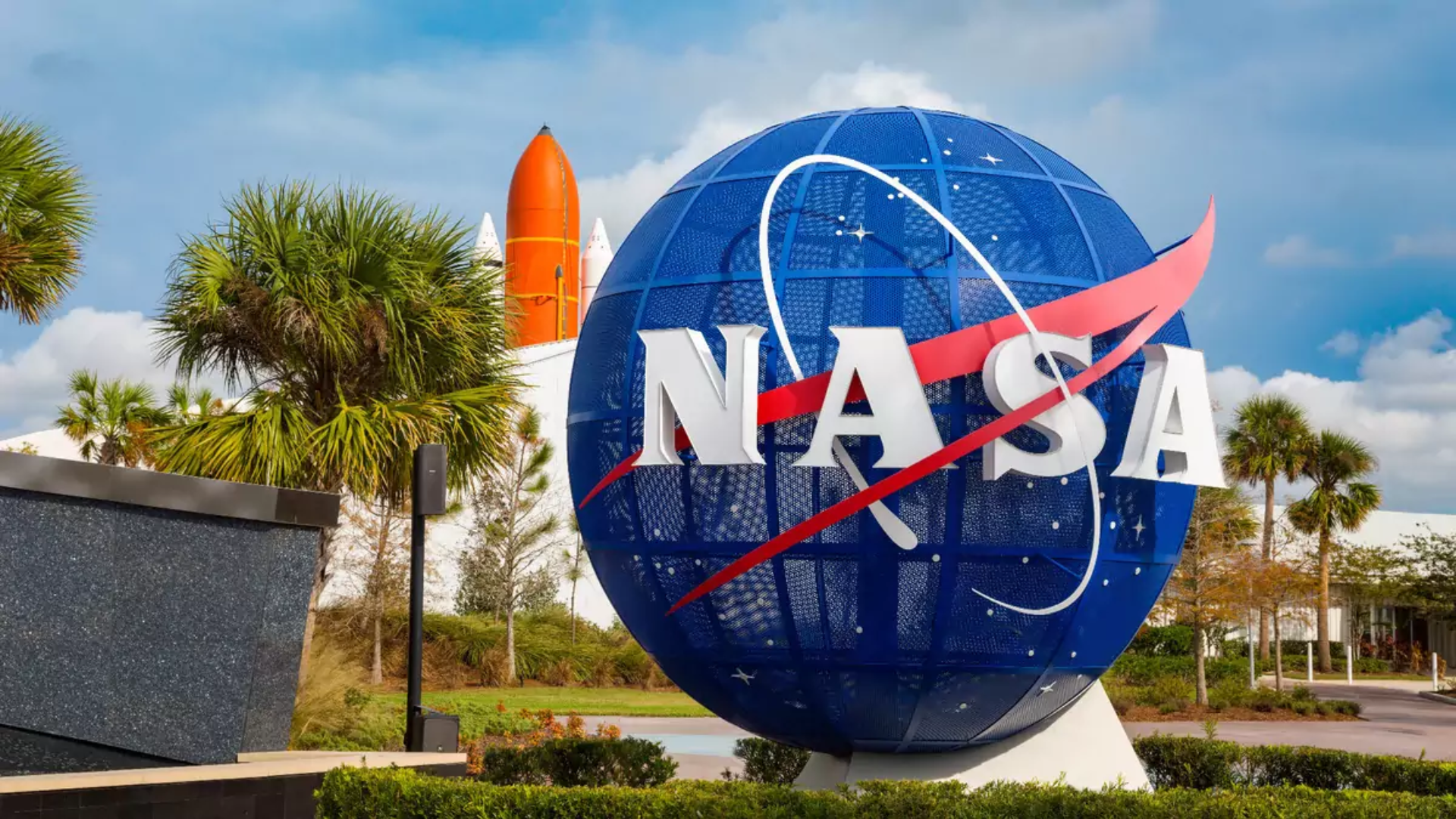

European Space Agency (ESA) Director General Josef Aschbacher recently commended the Indian Space Research Organisation (ISRO) for its remarkable achievements in space exploration, particularly in lunar missions. Aschbacher expressed his admiration for India’s accomplishments during the ESA Council meeting in Paris, where ISRO Chairman S. Somanath was in attendance.
In a post on social media platform X, Aschbacher highlighted India’s astounding progress in space exploration, especially in lunar missions. He emphasized the significance of ESA’s collaboration with ISRO and underscored the importance of strengthening ties with international partners.
Very proud to welcome @isro chairman Shri. S. Somanath at @ESA HQ in Paris yesterday, with our director @AschbacherJosef. Enthusiastic exchanges between the two men, and abounding cooperation opportunities between the two organisations. Let’s co-travel to space together! 🚀 🇮🇳🫱🏻… pic.twitter.com/x9DB9Y6LpZ
— Thomas Pesquet (@Thom_astro) March 28, 2024
During the ESA Council meeting, Astronaut Thomas Pesquet also shared his enthusiasm about meeting with ISRO Chairman S. Somanath and ESA Director Josef Aschbacher. Pesquet highlighted the positive exchanges between the leaders and emphasized the potential for cooperation between ISRO and ESA in space exploration endeavors.
India’s achievements in space exploration have garnered international recognition. In 2023, India achieved a significant milestone with the successful soft landing of Chandrayaan-3 on the Moon’s South Pole. This feat solidified India’s position in the global space arena and stimulated growth in the country’s private space sector.
What India is accomplishing in space – especially in Lunar exploration – is astonishing.
We hosted @isro‘s Chairman, Dr. S. Somanath at ESA Council today. It was a milestone occasion for Delegates to learn more about current and future plans for ESA-ISRO cooperation. The… pic.twitter.com/tvCiWj08TL
— Josef Aschbacher (@AschbacherJosef) March 27, 2024
Chandrayaan-3, India’s third lunar mission, marked the country’s second attempt to land softly on the lunar surface. The mission included a Vikram lunar lander, a Pragyan lunar rover, and a propulsion module to facilitate the spacecraft’s journey from Earth orbit to lunar orbit.
In addition to the lunar mission, India successfully launched its first dedicated solar mission, Aditya-L1, placing the spacecraft in the Halo orbit. This achievement, following the Chandrayaan-3 mission, further elevated India’s stature in space exploration.
Aditya-L1 reached Lagrange Point L1, approximately 1.5 million kilometers from Earth, demonstrating India’s capabilities in solar observation and research. The successful launch of Aditya-L1, aboard the PSLV-C57.1 rocket from the Satish Dhawan Space Centre, marked a significant milestone in India’s space exploration journey.
India’s accomplishments in space exploration continue to inspire collaboration and cooperation among international space agencies. ESA’s recognition of India’s achievements reflects the country’s growing prominence in the global space community and paves the way for future joint endeavors in space exploration.


